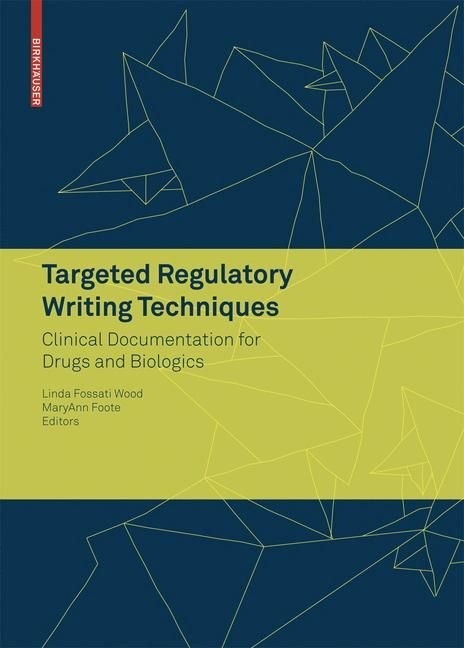This book describes the authors’ standard or ?best’ practices used in writing regul- ed clinical documents for the drug and biologics industry. The fundamental premise of this book is that the end (documents submitted to a health authority) is dep- dent on the beginning (the planning and strategy that go into organizing written documentation). Each regulatory document inherently exists within a constellation of related documents. This book attempts to show the relationships between and among these documents and suggests strategies for organizing and writing these documents to maximize ef?ciency while developing clear and concise text. At all times, and irrespective of applicable laws and guidelines, good communication skills and a sense of balance are essential to adequately, accurately, and clearly describe a product’s characteristics. At no time should the reader perceive these suggestions to be the only viable solution to writing regulatory documents nor should the reader expect that these suggestions guarantee product success. The audience for this book is the novice medical writer, or those who would like to explore or enhance regulatory-writing skills. We assume the reader will have a basic understanding of written communication, but little experience in applying this skill to the task of regulatory writing. Extensive knowledge of science, clinical me- cine, mathematics, or regulatory affairs law is not required to use the best practices described in this book.












